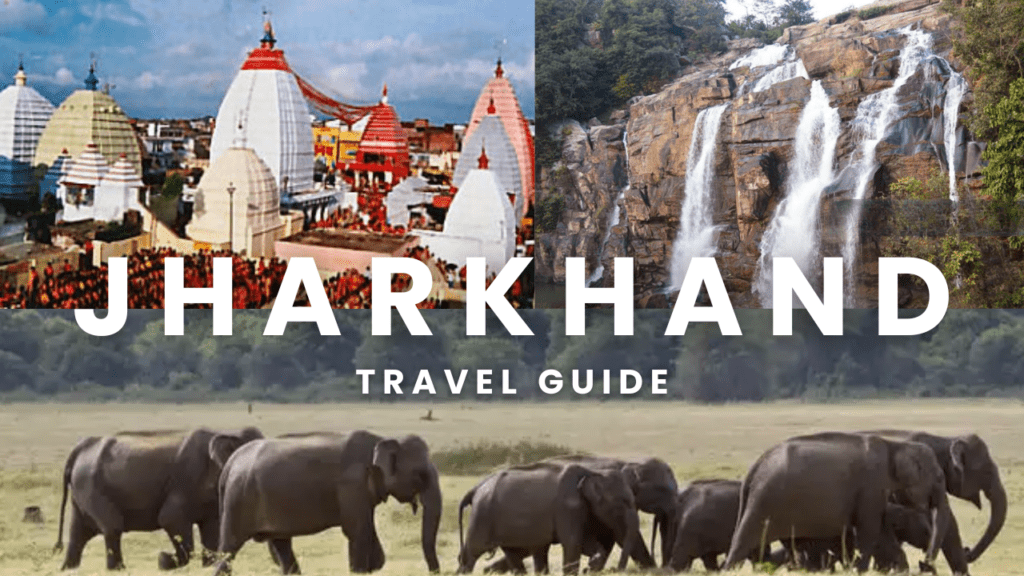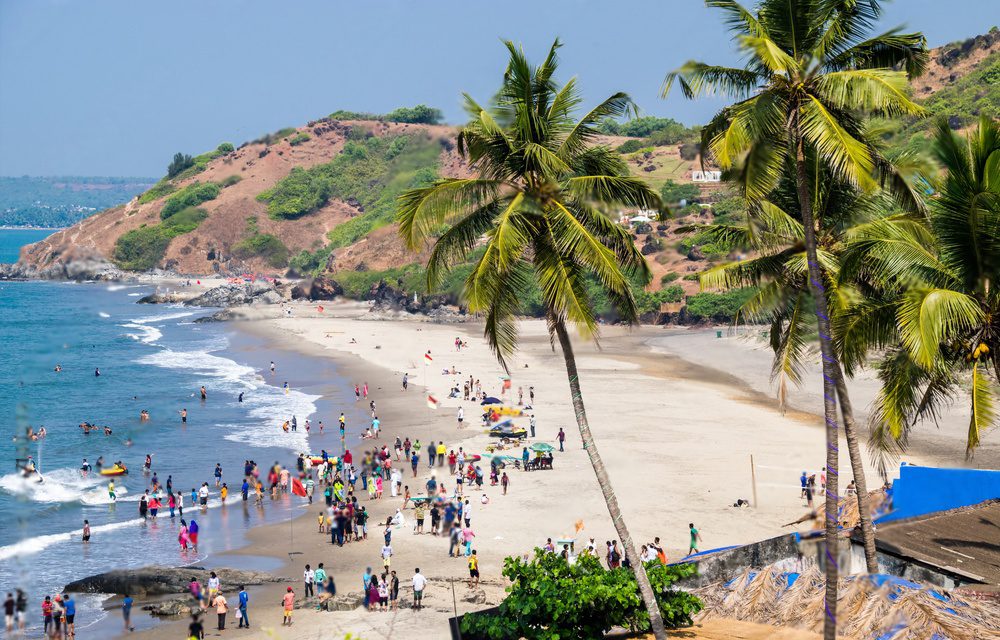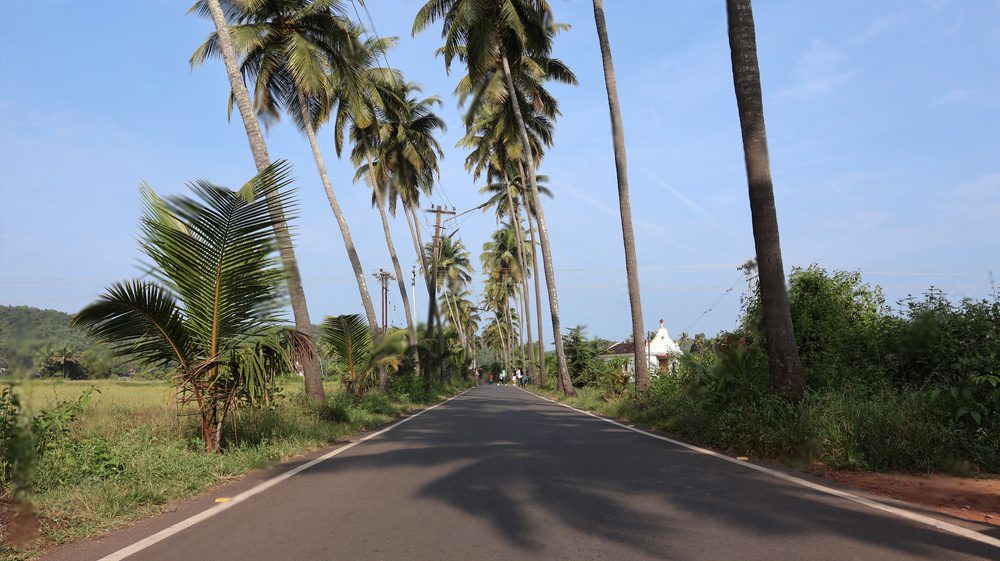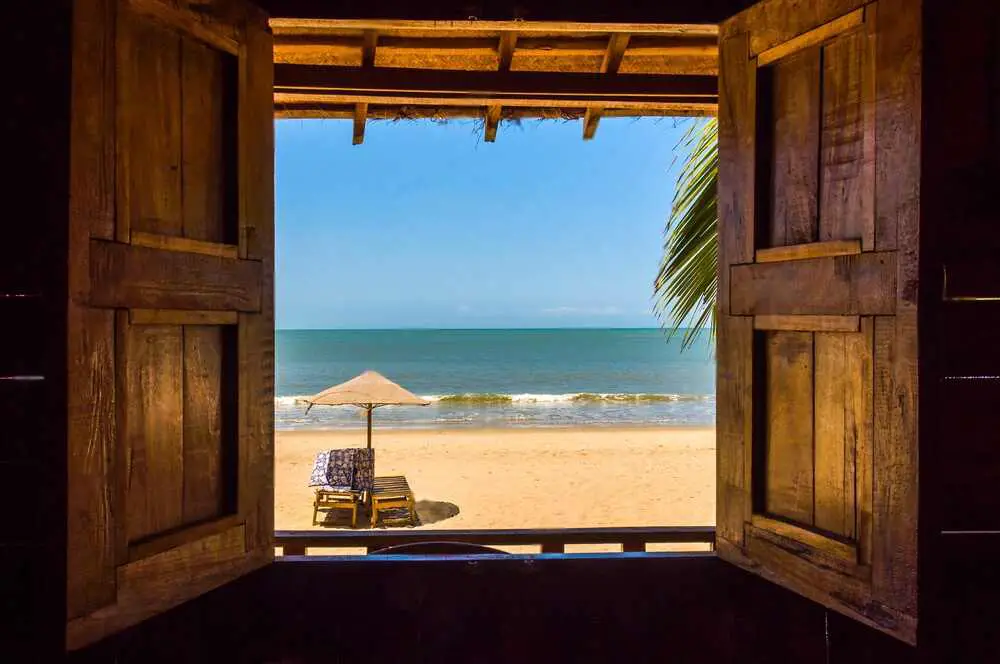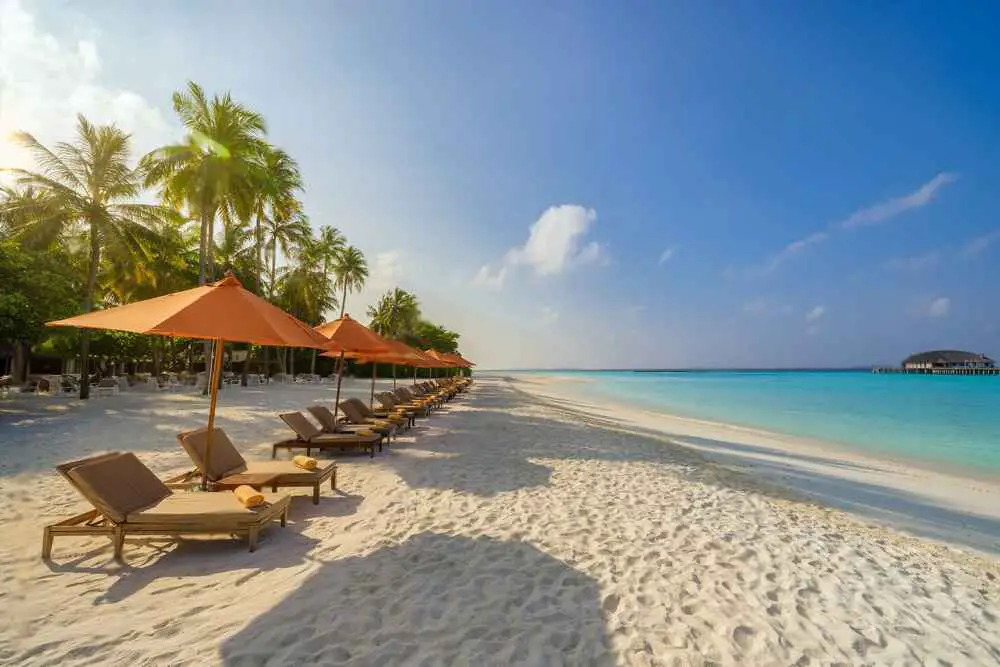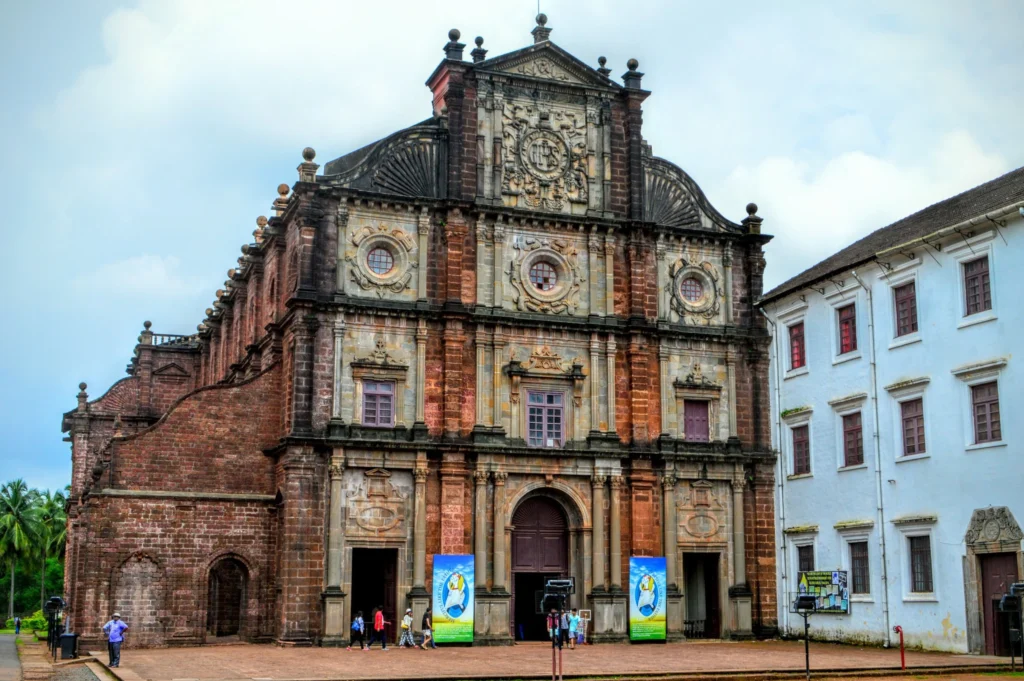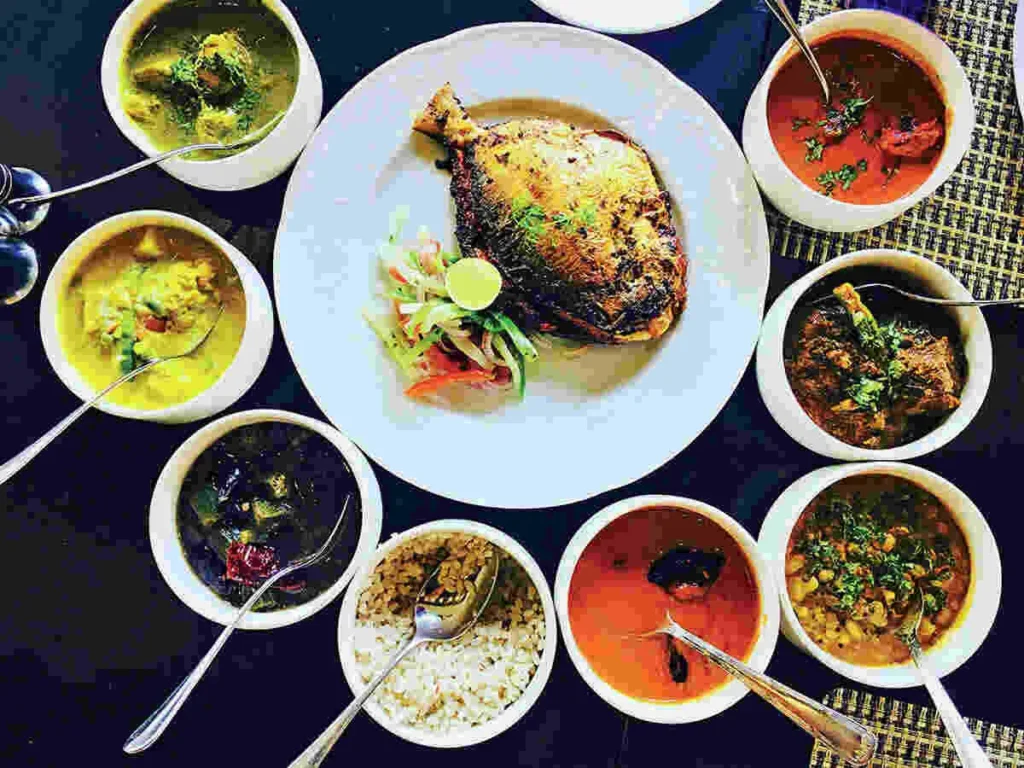Jharkhand Imagine this – a place where nature paints the background of lush topography, where cultural threads narrate tales of days gone by and wind carries unheard stories yet to be told. Welcome to Jharkhand, a hidden treasure that waits for every kind of the tourist to be enchanted. So, as you set out on your adventure with Xplro , brace yourself to discover what it is that makes this Indian state an absolute must-visit not only for solo adventurers or families but also those in between.
How to Reach Jharkhand:
By Air:
The state has several airports including Ranchi, the capital city. You can book a flight to Birsa Munda Airport (Ranchi) from major cities like Delhi, Mumbai, Kolkata, etc.
By Rail:
Jharkhand has a well-connected railway network. You can book a train ticket to various cities like Ranchi, Jamshedpur, Dhanbad, etc. from major railway stations across India.
By Road:
Jharkhand is well-connected by roads. You can opt for state-run buses or private taxis to reach cities and towns within the state. National Highways like NH-33, NH-20, NH-18, NH-23, and NH-32 pass through Jharkhand, making road travel convenient.
By Bus:
Several state and private buses operate to and from Jharkhand. You can book bus tickets from neighboring states as well as major cities like Kolkata, Patna, Varanasi, etc.
Best Time to Visit:
Winter Season (November to February):
- The winter months offer pleasant weather with temperatures ranging from 10°C to 25°C, making it ideal for outdoor activities and sightseeing. This is the best time to explore the natural beauty, wildlife sanctuaries, and cultural heritage sites of Jharkhand.
Spring Season (March to May):
- Spring marks the onset of the warmer season in Jharkhand. While temperatures can rise during these months, it’s still a good time to visit if you prefer slightly warmer weather. It’s advisable to carry light cotton clothes and sunscreen to beat the heat.
Monsoon Season (June to September):
- The monsoon season in Jharkhand brings heavy rainfall, which rejuvenates the lush green landscapes and fills up the water bodies. While the rain can hinder outdoor activities, it offers a unique experience for nature lovers and photography enthusiasts. However, be prepared for occasional travel disruptions due to rainfall.
Autumn Season (October to November):
- Autumn marks the transition from the monsoon season to winter. The weather becomes pleasant again, making it suitable for outdoor adventures and sightseeing. This is also a great time to witness the vibrant festivals and cultural events celebrated across Jharkhand.
List of Attractions:
Jagannath Temple, Ranchi:
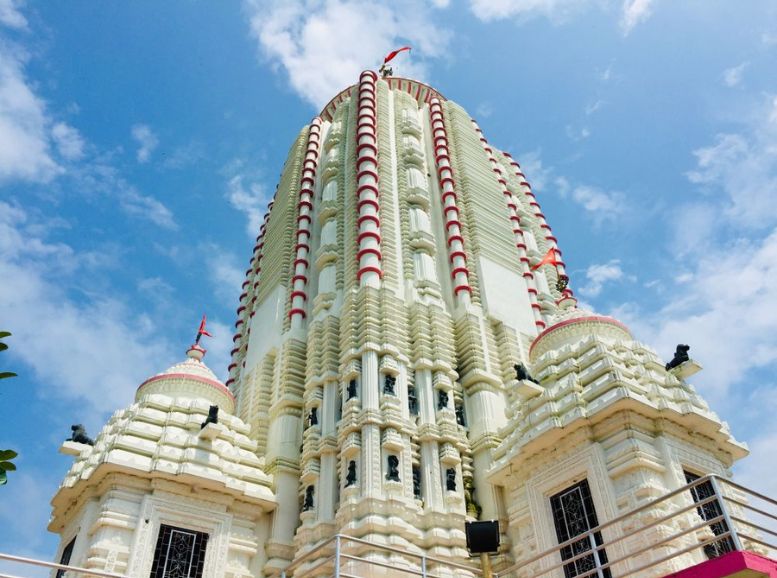

The Jagannath Temple in Ranchi stands tall as a revered Hindu sanctuary, devoted to Lord Jagannath, an incarnation of Lord Vishnu. Nestled in the heart of Jharkhand’s capital, it echoes the architectural magnificence reminiscent of the famed Jagannath Temple in Puri, Odisha. Amidst its serene environs, devotees throng to seek divine blessings and offer heartfelt prayers, especially during festive occasions such as Rath Yatra. Beyond its religious sanctity, the temple serves as a vibrant cultural and social hub, hosting an array of events and gatherings that enrich the local community’s tapestry.
Sun Temple, Deoghar:
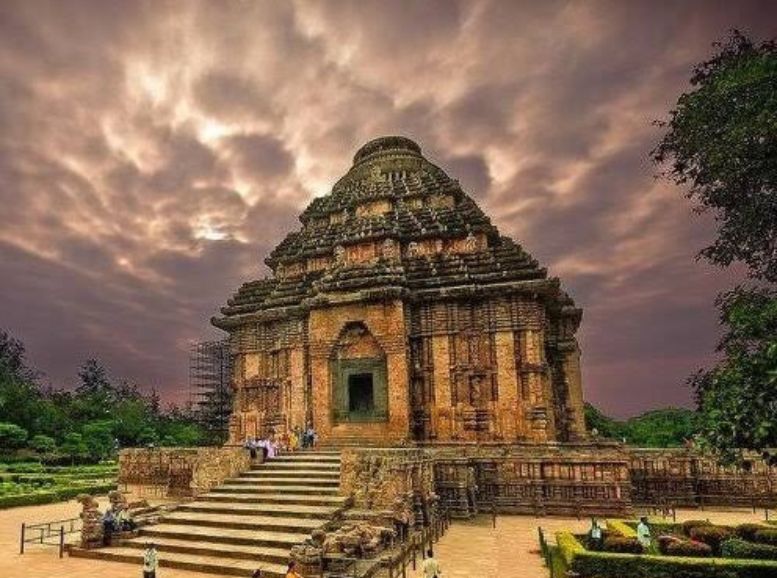

The Sun Temple in Deoghar stands as a remarkable testament to the architectural and religious heritage of India. Dedicated to the worship of the Sun God, it serves as a beacon of spiritual enlightenment and cultural significance. Nestled in the sacred city of Deoghar in Jharkhand, this temple attracts pilgrims and tourists alike, drawn by its serene ambiance and historical charm.
Maihar Devi Temple:
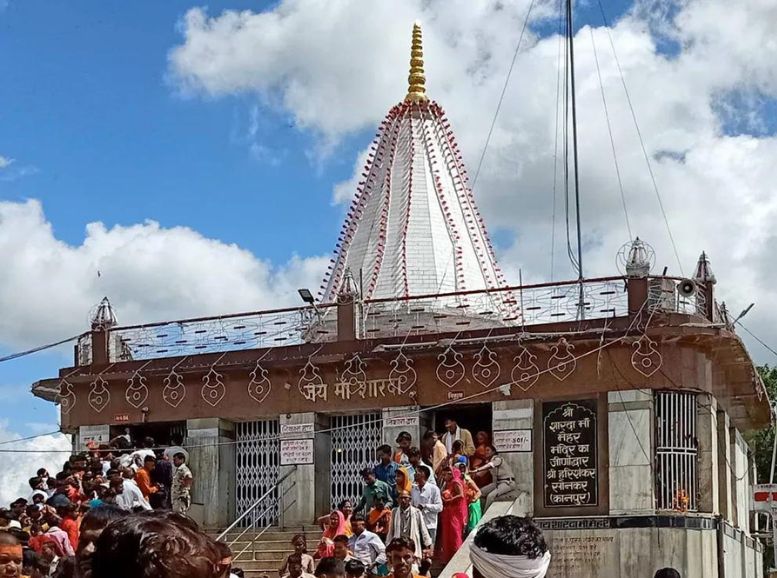

The Maihar Devi Temple, nestled amidst the scenic beauty of Maihar in Madhya Pradesh, holds a special place in the hearts of devotees and visitors alike. Dedicated to Goddess Sharda, an incarnation of Goddess Parvati, this temple is revered as a sacred pilgrimage site. Perched atop the Trikuta Hill, the temple offers breathtaking panoramic views of the surrounding landscape. Pilgrims ascend the 1,043 steps to reach the temple, symbolizing their devotion and dedication.
Hundru Falls:
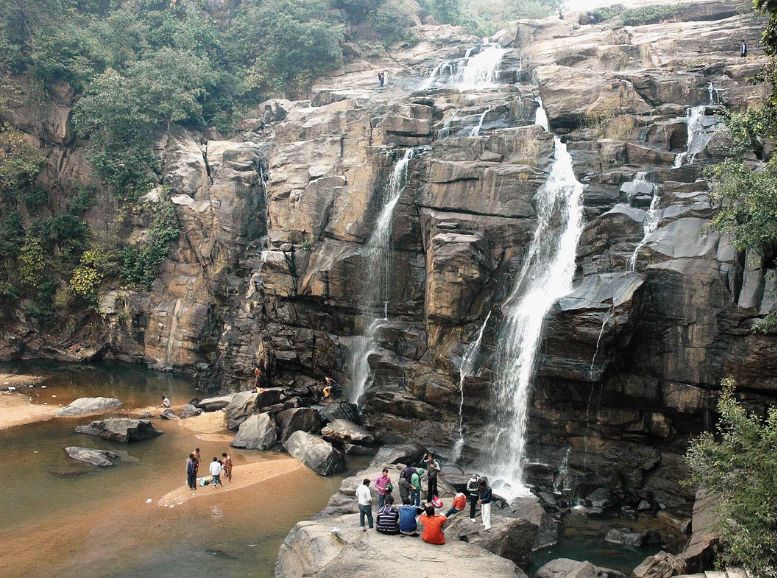

Hundru Falls, nestled amidst the picturesque landscapes of Ranchi in Jharkhand, is a breathtaking natural wonder that captivates all who visit. Cascading from a height of approximately 98 meters (322 feet), it is one of the highest waterfalls in the state, creating a mesmerizing spectacle as it plunges into the gorge below. The thundering roar of the water, coupled with the lush greenery surrounding the falls, creates a serene and tranquil atmosphere, making it a popular destination for nature lovers and adventure seekers alike.
Hazaribag National Park:
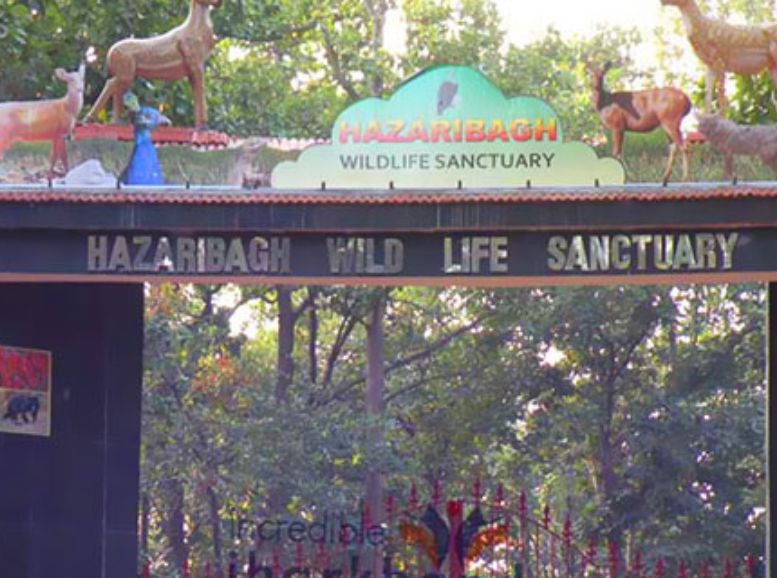

Hazaribagh National Park, located in the Chotanagpur Plateau region of Jharkhand, India, is a haven for nature enthusiasts and wildlife lovers. Spread over an area of approximately 184 square kilometers, this national park is renowned for its rich biodiversity and scenic beauty. The park is characterized by dense forests, rolling hills, sparkling streams, and picturesque valleys, offering visitors a serene and immersive experience in nature.
Dassam Falls:
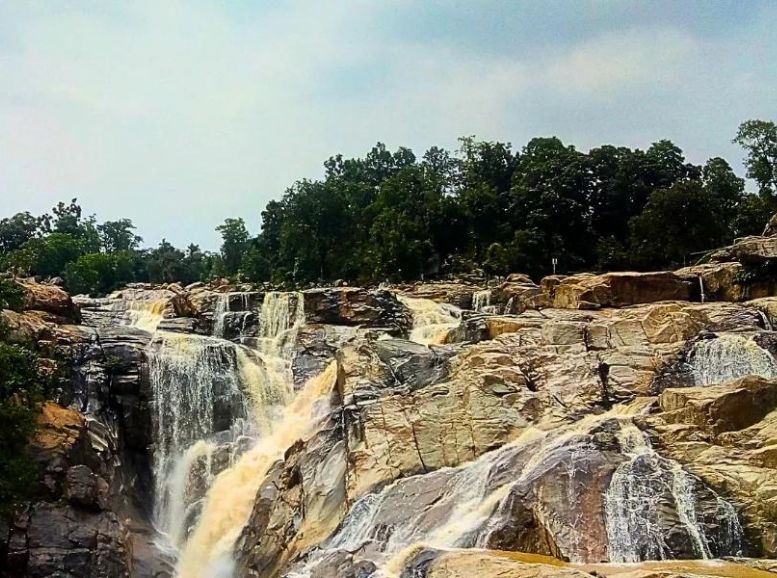

Dassam Falls, situated near Taimara village in Jharkhand, India, is a magnificent natural wonder that enthralls visitors with its sheer beauty and power. Cascading from a height of approximately 44 meters (144 feet), this waterfall creates a breathtaking spectacle as it plunges into the Kanchi River below. The roaring sound of the water echoes through the surrounding lush greenery, creating a serene and rejuvenating atmosphere. Dassam Falls is a popular destination for both locals and tourists, offering opportunities for picnicking, photography, and enjoying nature’s tranquility.
Itki Falls:
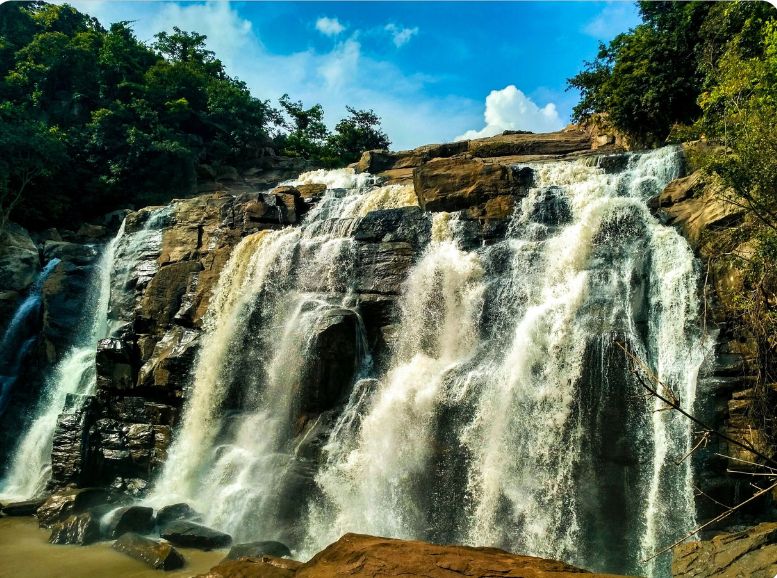

Itki Falls, nestled in the picturesque landscapes of Ranchi district in Jharkhand, India, is a captivating natural marvel that draws visitors with its pristine beauty and serene ambiance. Cascading from a height of approximately 35 meters (115 feet), this waterfall creates a mesmerizing sight as it tumbles down amidst lush greenery and rocky cliffs. Itki Falls is renowned for its tranquil surroundings, offering visitors a peaceful retreat away from the hustle and bustle of city life.
Maluti Temples:
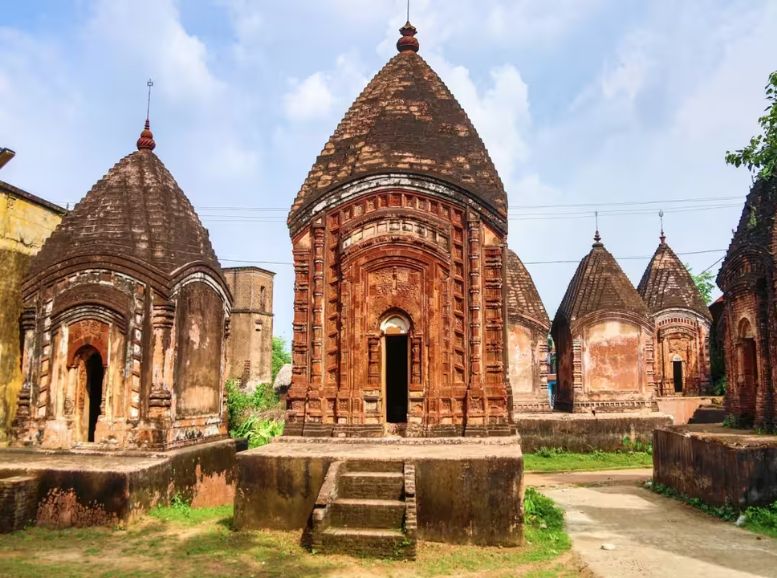

The Maluti Temples, located in the Maluti village of Dumka district in Jharkhand, India, are a remarkable testament to the region’s rich cultural and architectural heritage. Dating back to the 17th and 18th centuries, these temples are renowned for their intricate terracotta artwork and exquisite craftsmanship. The Maluti Temples complex comprises around 72 temples, each dedicated to various Hindu gods and goddesses, including Shiva, Vishnu, Durga, and Kali, among others.
Tribal Museums:
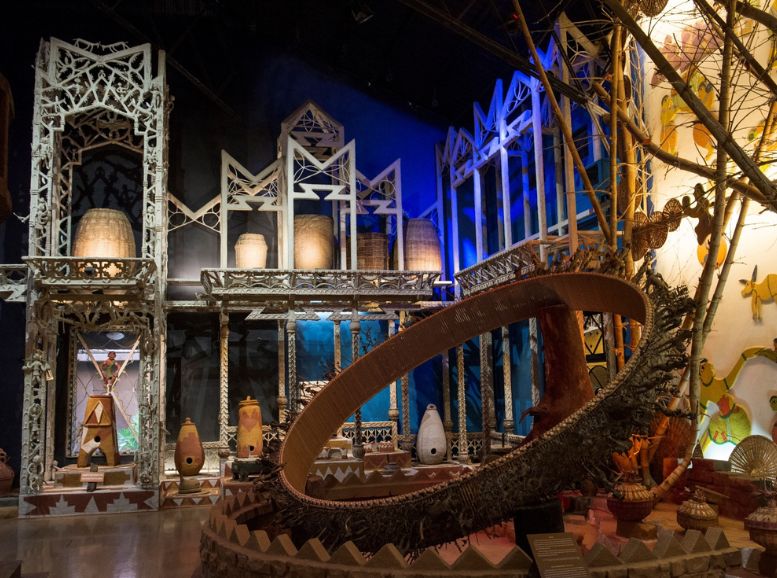

Tribal museums serve as invaluable repositories of indigenous culture, preserving the rich heritage and traditions of tribal communities around the world. These museums typically house artifacts, artworks, photographs, and documents that showcase the unique customs, beliefs, rituals, crafts, and daily life of various tribal groups. They provide visitors with insights into the history, social organization, and cultural practices of indigenous peoples, fostering greater appreciation and understanding of their way of life.
Betla National Park:
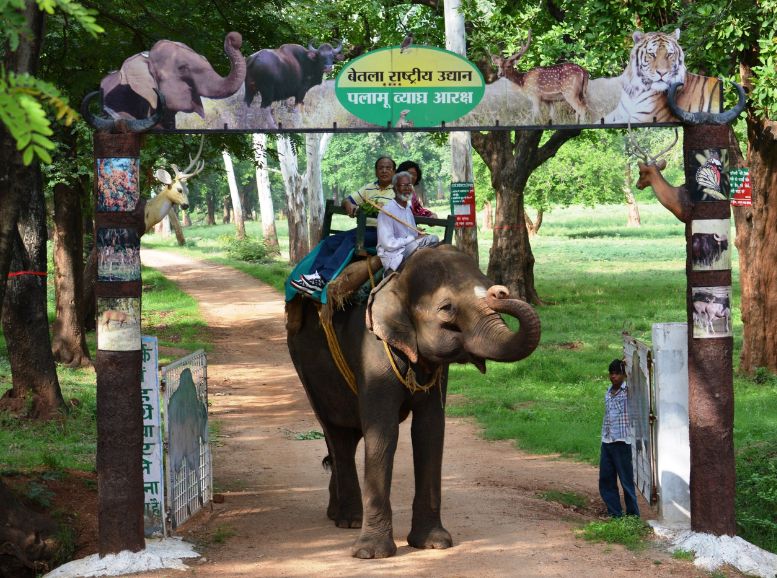

Betla National Park, located in the state of Jharkhand, India, is a pristine wilderness area renowned for its rich biodiversity and scenic beauty. Spread over an area of approximately 979 square kilometers, the park is nestled amidst the lush greenery of the Chota Nagpur Plateau, offering visitors a captivating glimpse into the natural splendor of eastern India.The park is named after the Betla village, which lies within its boundaries. It was initially established as a wildlife sanctuary in 1960 and later declared a national park in 1986.
Parasnath Hill:
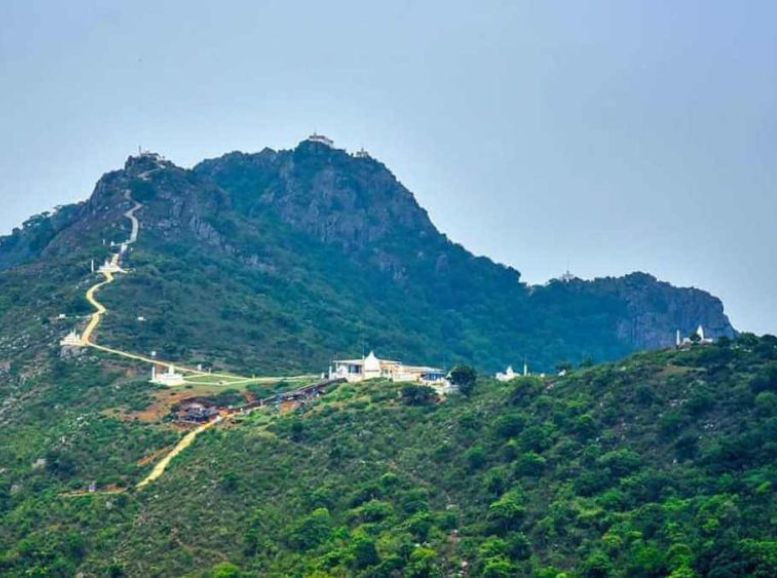

Located in Giridih district, Parasnath Hill is a significant Jain pilgrimage site where twenty of the twenty-four Jain Tirthankaras are believed to have attained salvation. Dotted with Jain temples, it offers breathtaking views from its summit.
Baidyanath Jyotirlinga Temple:
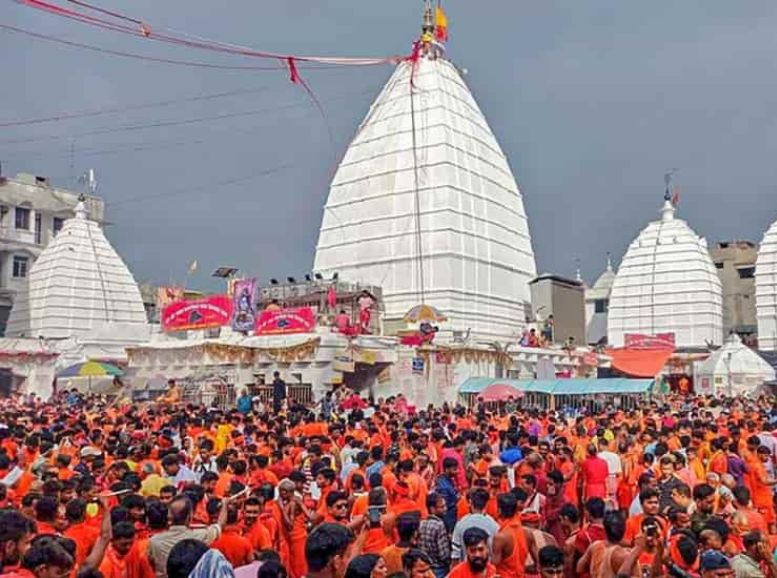

Found in Deoghar, this temple is one of the twelve Jyotirlingas, revered by Hindus nationwide. Dedicated to Lord Shiva, it draws thousands of devotees, particularly during the Shravan month, due to its architectural beauty and religious significance.
Hathi Pahar:
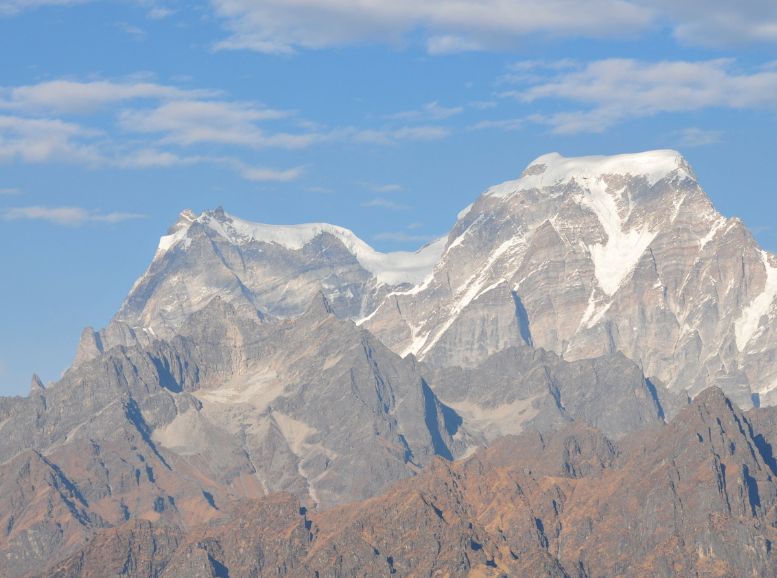

Near Ranchi, Hathi Pahar is known for its unique rock formations resembling elephants. It’s a fascinating geological site popular among nature enthusiasts and photographers.
McCluskieganj:
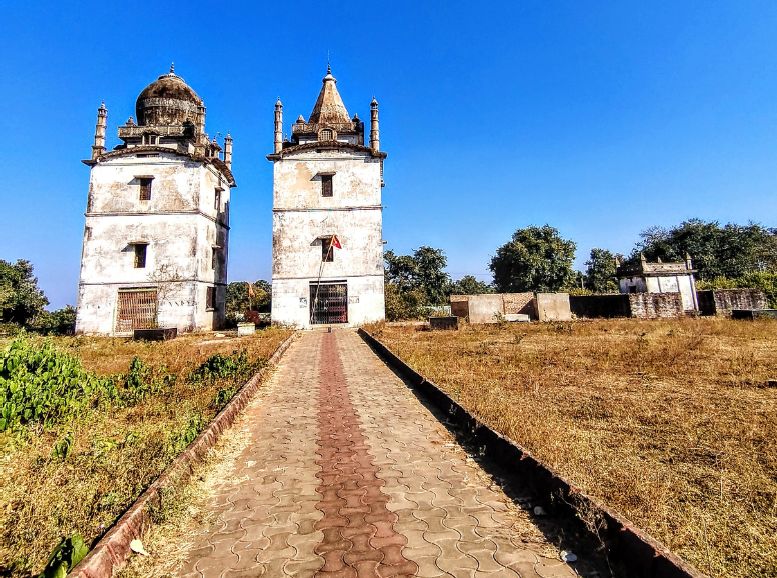

Dubbed the “Mini England of Jharkhand,” McCluskieganj is a colonial-era town founded by Ernest Timothy McCluskie in the 1930s. It retains its old-world charm with colonial bungalows, churches, and serene surroundings, ideal for history enthusiasts and nature lovers.
Local Experiences:
Unleash your inner artist:
Immerse yourself in the vibrant world of Sohrai painting, a traditional art form practiced by the tribal communities of Jharkhand. Learn the art of creating these intricate geometric and animal-themed murals on the walls of local houses, gaining insights into the rich cultural symbolism embedded within.
Witness the mask-making magic:
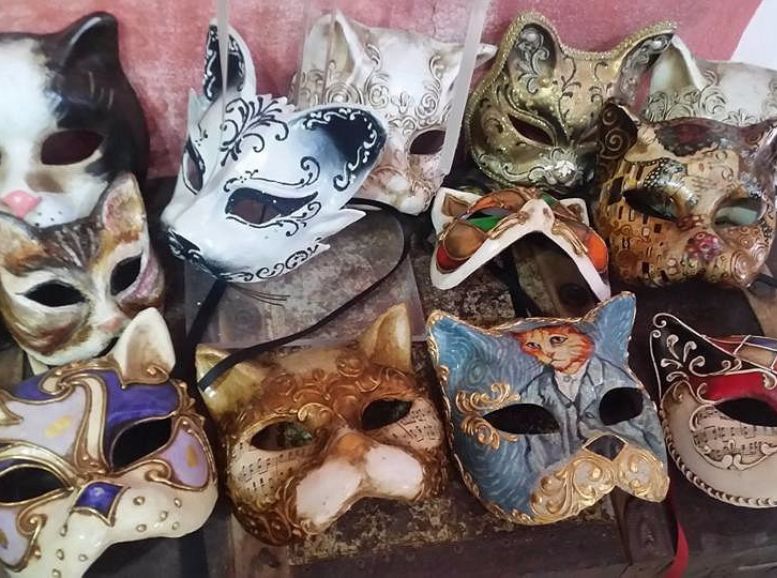

Embark on a fascinating journey to the village of Ito, renowned for its wooden mask-making tradition. Witness skilled artisans handcraft exquisite masks depicting various deities and mythological figures, using time-honored techniques passed down through generations.
Explore the hidden gems of Netarhat:
Escape the crowds and discover the serenity of Netarhat, a hill station nestled amidst picturesque landscapes. Trek through lush greenery, explore captivating waterfalls like Upper Ghagra Falls and Lower Ghagra Falls, and soak in the breathtaking panorama from vantage points like Echo Point.
Delve into the tribal heartland:
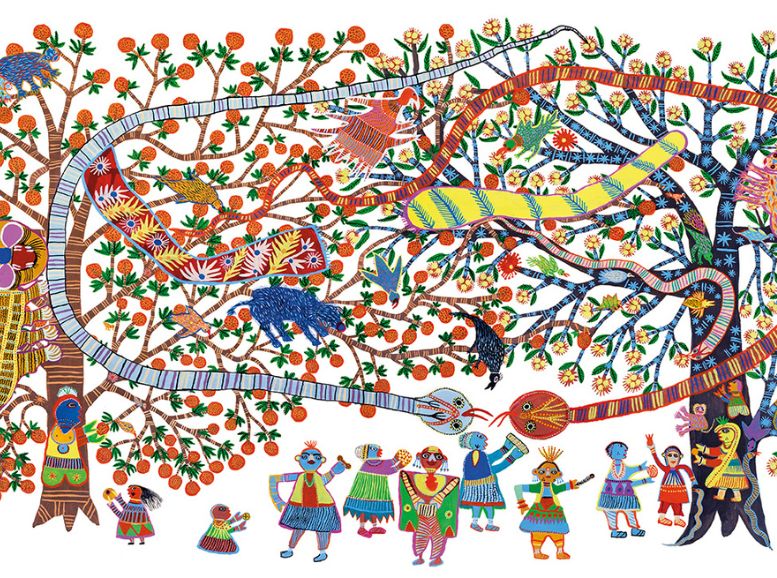

Step into a world untouched by time by visiting a tribal village in the hinterlands of Jharkhand. Interact with the warm and welcoming communities, learn about their unique way of life, and witness their remarkable skills in handicrafts and weaving. Be sure to choose a tour operator that works directly with the communities and respects their cultural practices.
Savor the taste of Jharkhand:
Embark on a culinary adventure by indulging in the unique flavors of Jharkhandi cuisine. Sample delicacies like Litti Chokha, a savory dish made with stuffed flatbreads and a spicy chutney, or Thekua, a sweet deep-fried cookie flavored with cardamom. Don’t miss the opportunity to try Handia, a local fermented rice drink.
Foodie Delights:
Handia:
Handia is a traditional rice beer brewed by the tribal communities of Jharkhand. Made from fermented rice and various local herbs, Handia has a unique flavor and is often consumed during festivals and special occasions.
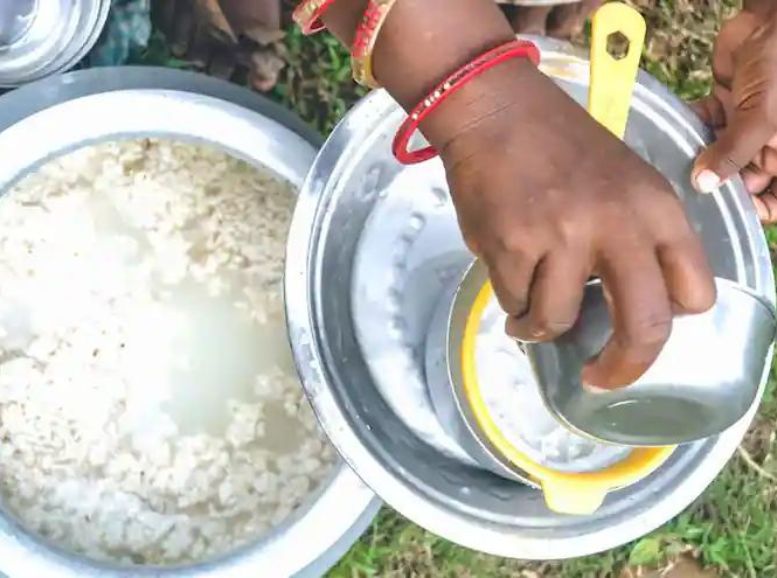

Pitha:
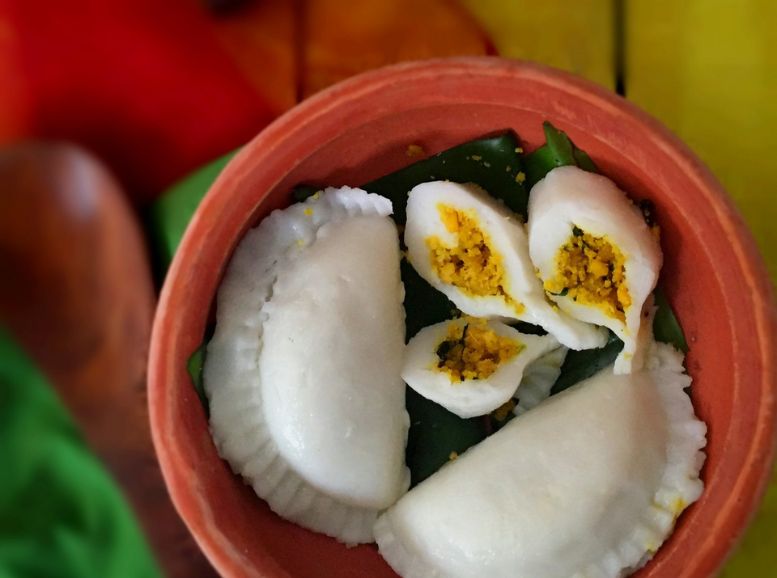

Pitha is a popular snack in Jharkhand, especially during the winter season. These savory or sweet dumplings are made from rice flour and filled with various fillings such as grated coconut, jaggery, or lentils. They are usually steamed or fried and served with chutney or dal.
Dhuska:
Dhuska is a crispy and savory pancake made from rice flour and chana dal (split chickpeas). It is seasoned with spices like cumin seeds, ginger, and green chilies before being deep-fried until golden brown. Dhuska is often enjoyed with aloo chokha (mashed potato dish) or ghugni (spiced chickpea curry).
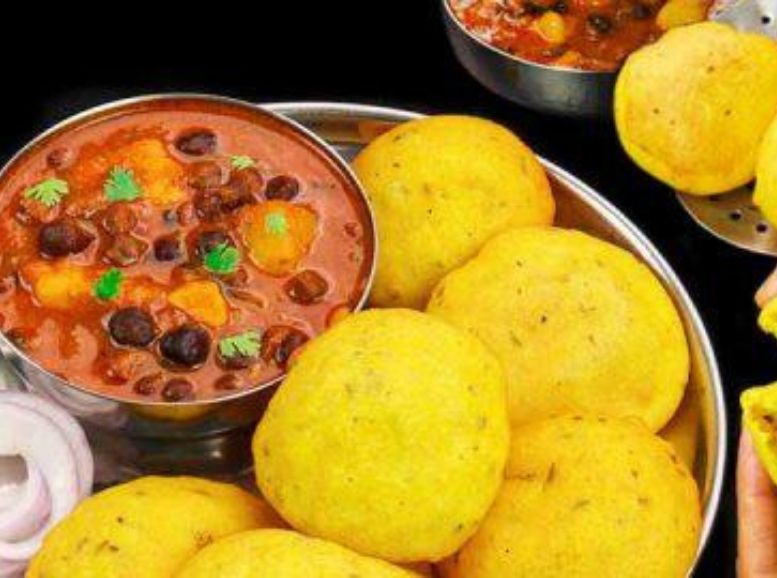

Thekua:


Thekua is a popular sweet snack in Jharkhand, especially during festivals like Chhath Puja. It is made from wheat flour, jaggery, and ghee, shaped into small discs, and deep-fried until crispy. Thekua has a rich, caramelized flavor and is often garnished with nuts and seeds.
Sanai ki Sabzi:
Sanai ki Sabzi is a traditional dish made from colocasia leaves (arbi ke patte) cooked with gram flour, mustard oil, and spices. It has a unique flavor and is often served with rice or roti.
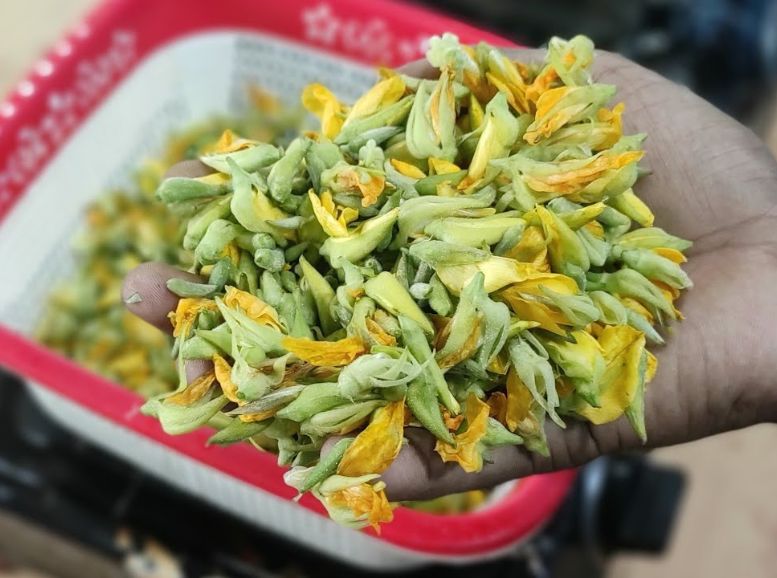

Transportations:
- In Jharkhand, transport was varied and available enabling easy travel. Well-kept highways make picturesque road trips easy, with travelers connected to the state’s marvelous landmarks.Air transport services are available from the Birsa Munda Airport in Ranchi, giving those who come by air a point of entry.
- From city centers to far-flung wildernesses, the range of transportation options found in Jharkhand accommodate all manner od traveller making a journey through this culturally rich and beautiful part of India more enjoyable.
Safety Considerations:
The travel environment in Jharkhand is generally safe overall, but visitors should always be vigilant and follow the basic safety measures. Familiarize yourself with local customs, familiarize yourself with the region and carry emergency contact information. Make sure you have a good map and keep yourself aware of what is happening currently. The state is welcoming, but be careful and take care of your belongings, especially in less populated areas. With due awareness and observance of local customs, travelers shall have a safe yet rewarding trip to Jharkhand.
Travel Tips:
Learn Basic Phrases: Learn a few local phrases to interact with the friendly locals.
Cash Reserves: Bring enough cash since in some remote places, ATMs may be rare.
Conclusion:
As we end our journey through Jharkhand with Xplro, we remember the captivating mosaic of experiences that a secret treasure trove has revealed. From the deafening roars of Hundru Falls to the serene stays in tribal homes, all instances of days in Jharkhand have been stroking on my canvas that is memory fotographs.
Xplro urges you to discuss your travels and observations with other explorers, creating a united group by the spirit of discovery. The charms of Jharkhand is not only in the scenic sights but also the bonds created and shared with its people and traditions.
As you leave this hidden gem, take away with you the spirit of adventure and cultural curiosity. You will carry Jharkhand’s wild beauty and warmth of the communities in your heart, always longing for more extraordinary journeys that break free from the ordinary. May the memories created here light your way for future adventures, inspiring you to take this world with open hands and a wild desire to wander. Until we meet again, may every quest be as colorful and gratifying as the one you had near Jharkhand.
FAQs
What is the best time to visit Jharkhand?
- The winter months (October to February) offer pleasant weather, making them ideal for sightseeing and outdoor activities. However, this is also the peak tourist season with higher prices and larger crowds. The shoulder seasons (March-May and September) provide comfortable temperatures with fewer crowds. The monsoon season (June-August) can be quite wet, but the waterfalls are at their most impressive during this time.
What are some must-see attractions in Jharkhand?
- Jharkhand boasts a diverse range of attractions, including historical sites like the Jagannath Temple in Ranchi and the Sun Temple in Deoghar, natural wonders like Hazaribag National Park and Hundru Falls, and cultural experiences like visiting tribal villages and witnessing Sohrai painting.
Is Jharkhand safe for tourists?
- Generally, yes. Jharkhand is a relatively safe destination for tourists. However, as with any travel, it’s important to exercise common sense and take precautions, such as being mindful of your belongings and avoiding isolated areas at night.
What kind of food is popular in Jharkhand?
- Jharkhand’s cuisine offers a unique blend of flavors, with emphasis on rice, lentils, and vegetables. Some popular dishes include Litti Chokha, a savory dish made with stuffed flatbreads and a spicy chutney, Thekua, a sweet deep-fried cookie, and Handia, a local fermented rice drink.
What are some interesting things to do in Jharkhand besides sightseeing?
- Beyond historical sites, Jharkhand offers experiences like learning Sohrai painting, attending tribal dance performances, embarking on wildlife safaris in Betla National Park, trekking in Netarhat, and exploring the local handicraft scene.
What is the local currency of Jharkhand?
- The Indian Rupee (INR) is the official currency used throughout India, including Jharkhand.
Do I need a visa to visit Jharkhand?
- Visa requirements depend on your nationality. It’s recommended to check with the nearest Indian embassy or consulate for the latest visa information specific to your situation.
What is the language spoken in Jharkhand?
- Hindi is the most widely spoken language in Jharkhand. However, English is also understood by many people, especially in tourist areas. Additionally, several tribal languages are spoken throughout the state.
How can I get around in Jharkhand?
- Various transportation options are available, including trains, buses, taxis, and rickshaws. Additionally, some tour operators offer car rentals with drivers.
What are some things to pack for a trip to Jharkhand?
- Pack comfortable clothing suitable for the weather, including light clothes for the summer and warmer layers for the winter. Additionally, consider packing hiking shoes for exploring natural attractions, modest clothing for religious sites, and a reusable water bottle to stay hydrated.
